Kobo’s new ereaders show asymmetry is here to stay, and we’re all for it
Kobo Sage and Libra 2 also finally add audiobook support
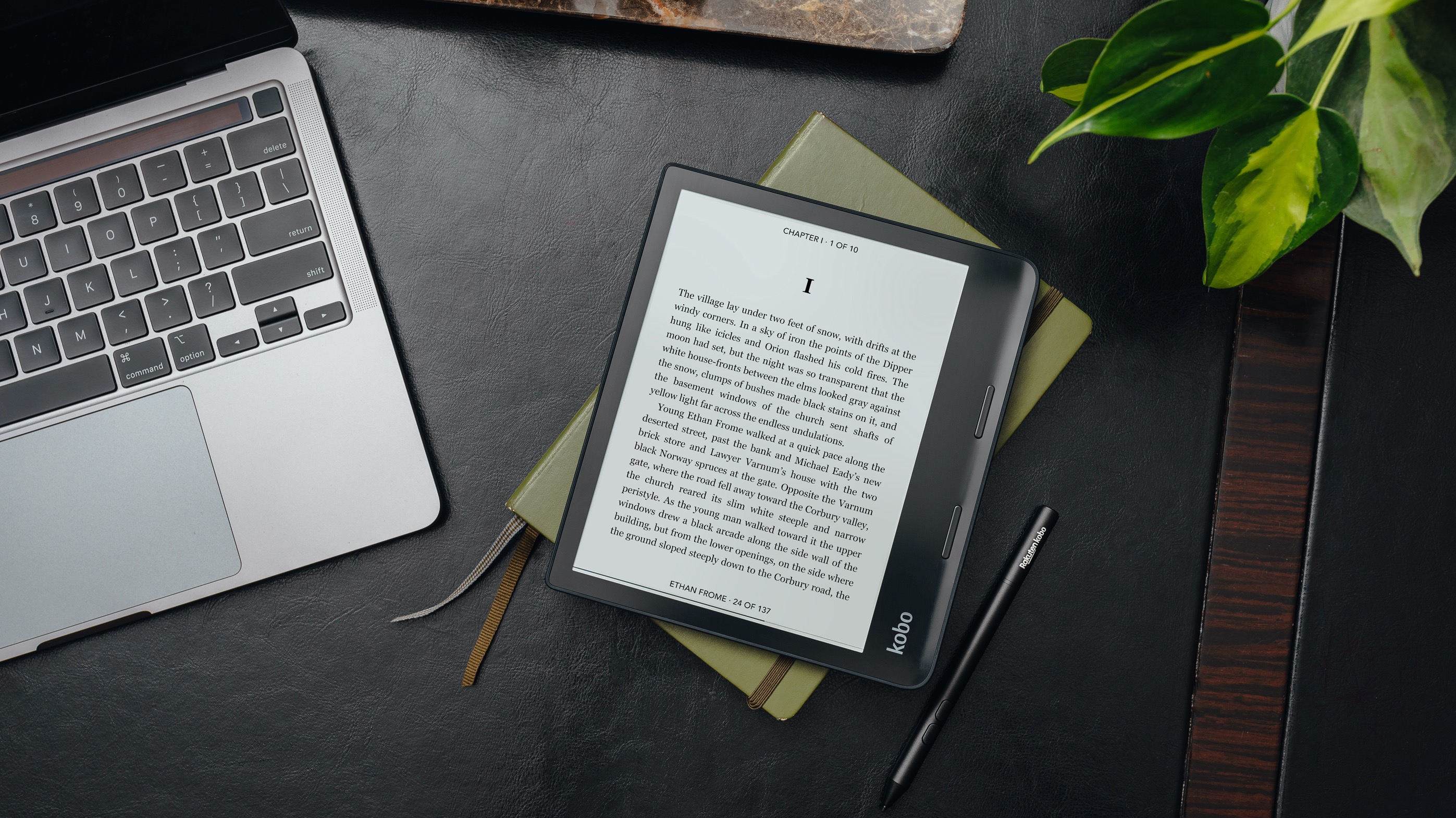
Kobo – the brand behind some of the best ereaders available – isn’t sitting still. Barely six months after unveiling the productivity-oriented Kobo Elipsa, there are now two more ereaders joining the ranks. The company has just announced that the Kobo Sage and the Kobo Libra 2 are now available to pre-order directly from the maker, and will be on shelves starting October 19.
The Sage and Libra 2 follow in the footsteps of the Kobo Forma and Kobo Libra H2O, respectively, and would seem to indicate that the asymmetrical design that was introduced in their forebears has been a winner for Kobo. We're generally big fans, as it means there's a nice large area to grip and hold onto, with no risk of accidentally tapping the screen.
They’re the very first Kobo ereaders to come with Bluetooth support, meaning Kobo fans will finally be able to pair a set of wireless headphones with the devices to listen to audiobooks.
This feature has been available on the Kindles for a while now, so it’s good to see Kobo finally catching up with Amazon. Kobo has also updated the USB port on its new devices, finally ditching the decrepit Micro-B socket for USB-C for battery charging and transferring files.
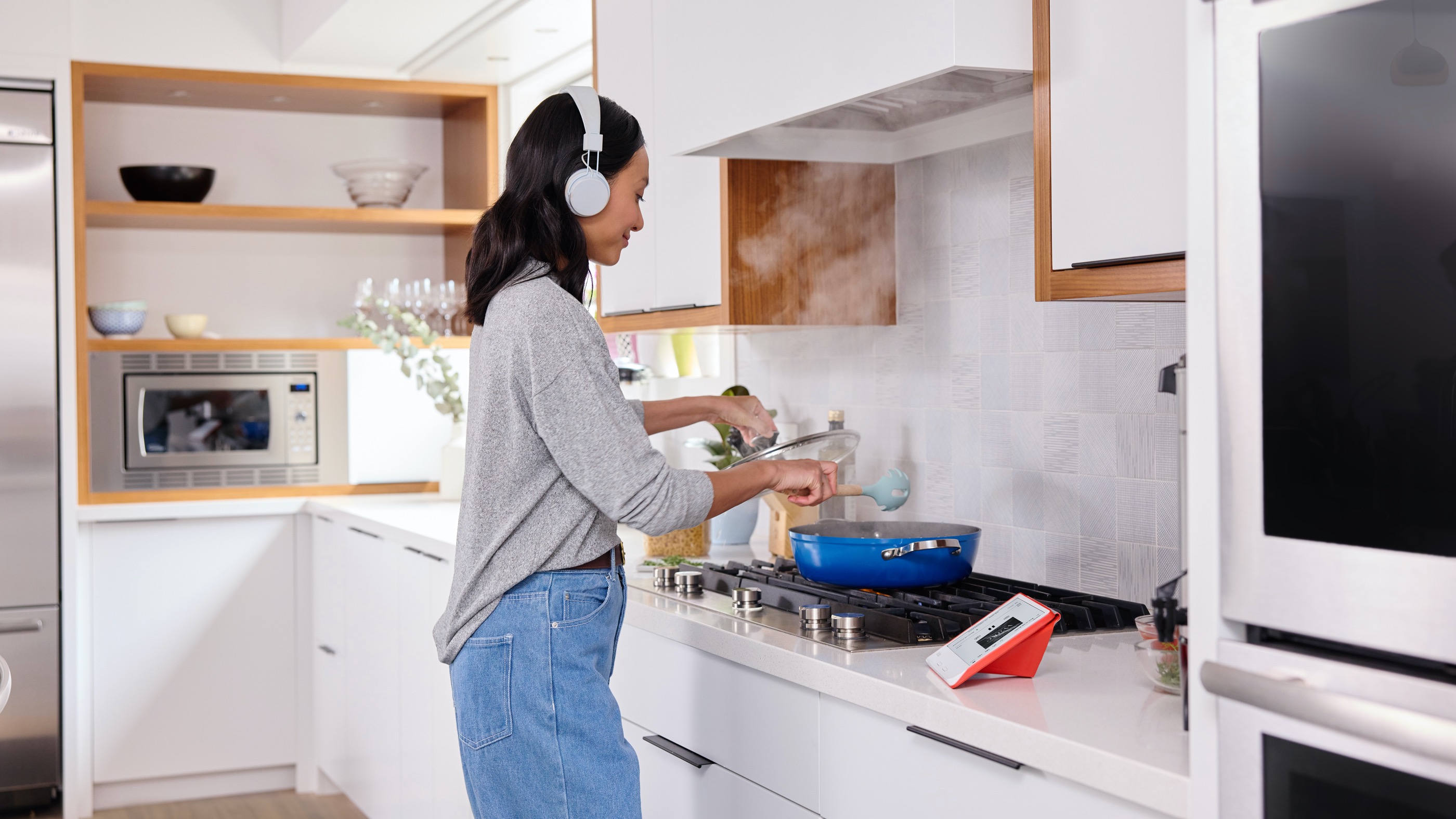
With the addition of Bluetooth, Kobo’s new Libra 2 is going to be a much better alternative to the Amazon Kindle Oasis than the first-gen Libra H2O, especially since the new version now also comes with a whopping 32GB of storage.
Everything else that we loved about the Kobo Libra H2O has been brought over to the Libra 2, including the 7-inch E Ink display with its 300ppi resolution, asymmetrical design and IPX8 certification for waterproofing.
Priced at $179.99 / £159.99 / AU$279.99 at launch, the Libra 2 is only $10 / £10 / AU$30 more than the Libra H2O’s launch price, and a lot cheaper than the 8GB Kindle Oasis’ $249.99 / £229.99 / AU$399 price tag.
Get daily insight, inspiration and deals in your inbox
Sign up for breaking news, reviews, opinion, top tech deals, and more.
- Will Amazon release a new Kindle Oasis?
- Or can we expect to see folding ereaders some time soon?
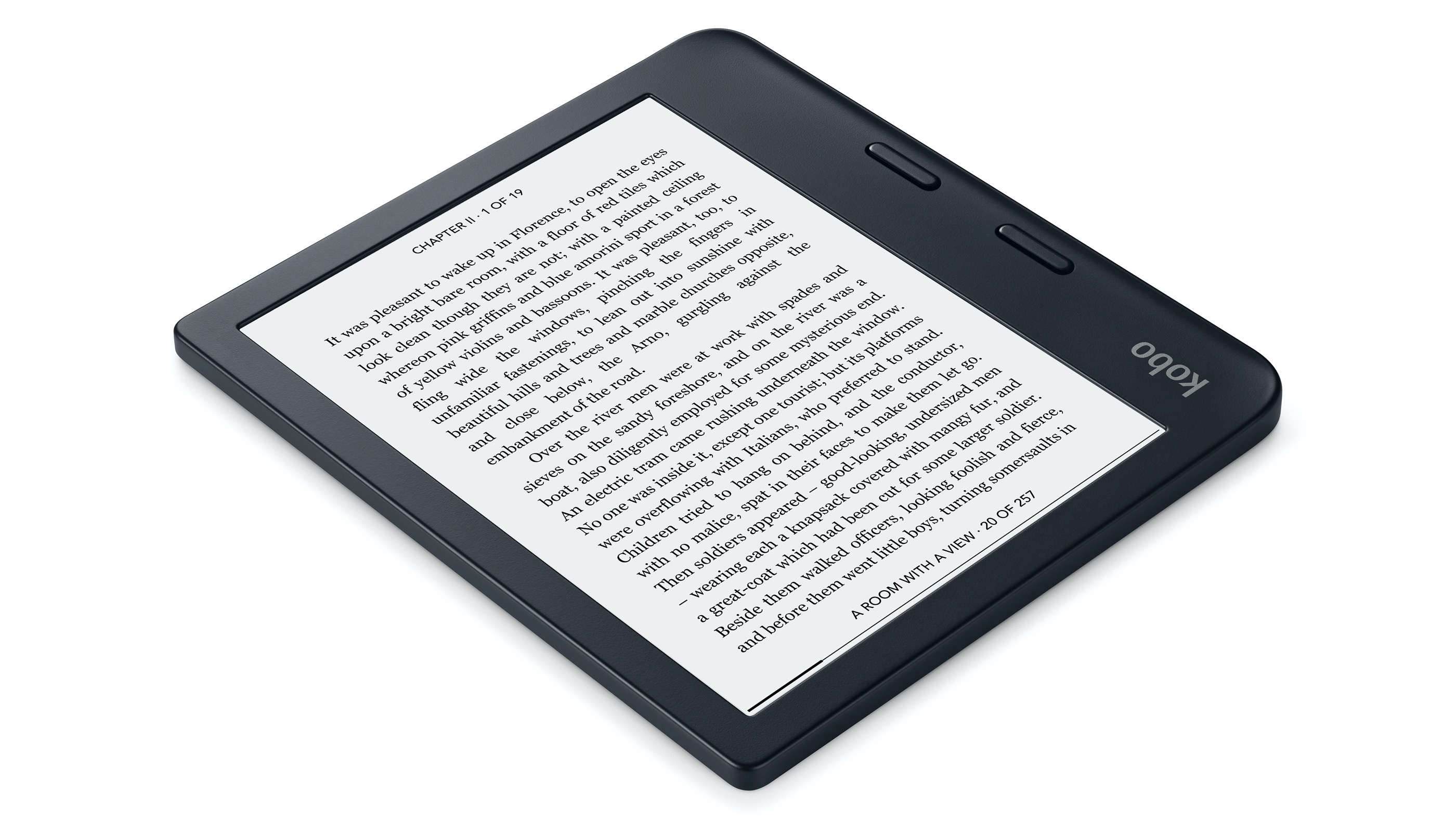
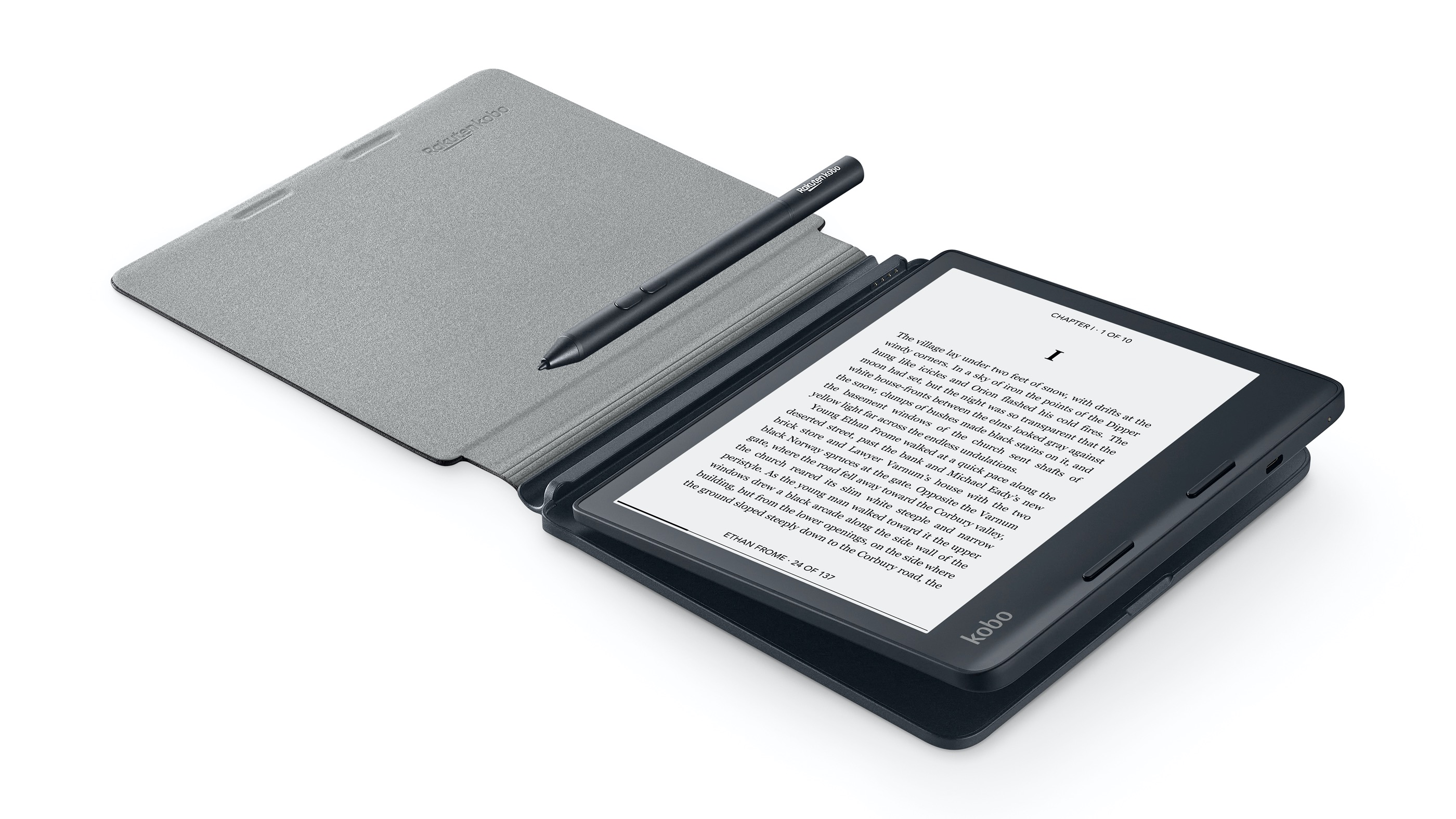
Read, write and listen
The new Kobo Sage also boasts a big industry first, being the first mainstream ereader to come with stylus support – although unlike the larger Elipsa, the Kobo Stylus won't be included as standard with the Sage; it'll need to be purchased separately.
Our main gripe with the Elipsa was that a 10.3-inch ereader was just too unwieldy to write on when used handheld, it needed to be on a table for a comfortable writing experience. As an 8-inch option with the asymmetric shape, the Kobo Sage could be a lot easier to handle with a stylus for anyone who likes to make notes while they read.
The stylus isn’t the only accessory to set the Kobo Sage apart – there’s a brand-new PowerCover that can be purchased separately that will charge your device while you’re on the move. It’s essentially a magnetic sleepcover with a built-in battery, which sounds like a useful accessory as the Kobo Sage has a 1,200mAh battery as opposed to the Libra 2’s 1,500mAh option.
And other than a larger screen (8 inches as compared to the Libra 2’s 7 inches), everything else about the two new Kobo ereaders is pretty much the same. The Sage also comes with 32GB of internal storage, Bluetooth connectivity, and an IPX8 certification that makes it waterproof for up to 60 minutes in two meters of water.
The differences, however, make the Sage a lot more expensive than the Libra 2, launching with a price tag of $259.99 / £249.99 / AU$439.95. If you’re keen on adding the Kobo Stylus and the PowerCover, then you’re looking at an additional $39.99 / £39.99 / AU$69.95 and $79.99 / £69.99 / AU$129.99 respectively.
Sleepcovers for both new Kobos are also available to buy separately.
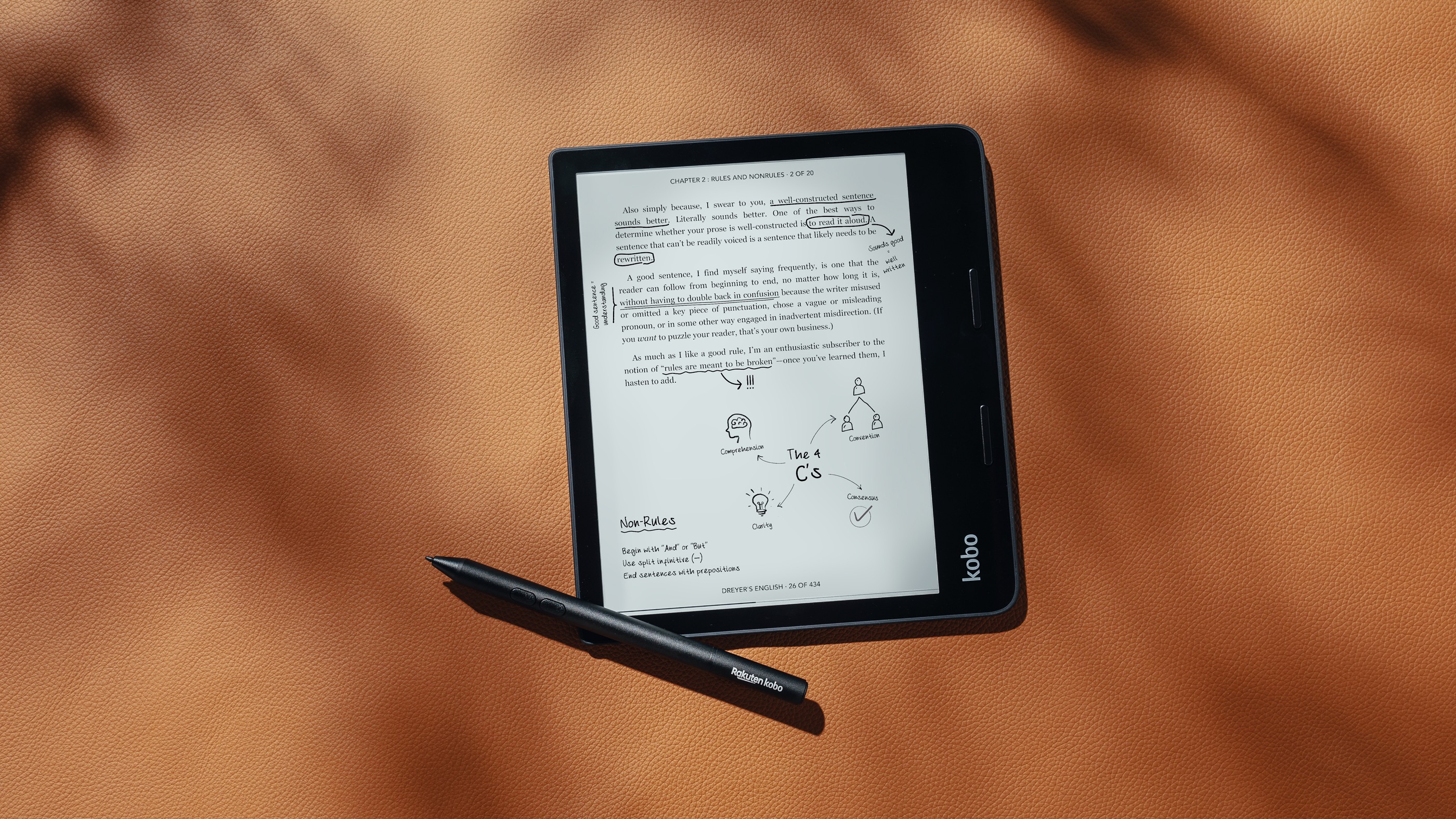
Analysis: Getting ahead in the ereader race
Kobo has been consistently bringing us new ereaders since 2010, starting with the aptly named Kobo eReader. The company hasn’t slowed since then, evolving quite quickly from the basic Kobo Glo to the ultimate Kobo Elipsa.
Amazon, on the other hand, hasn’t seen the need to refresh its line of ebook readers quite as regularly; perhaps it doesn't need to, as its Kindles remain the most popular ereader brand on the market today.
It took Amazon three years to refresh the Kindle Paperwhite, and the tech giant isn’t very regular with firmware updates either. The biggest overhaul of the user experience has only just rolled out, having last been updated way back in 2016.
In comparison, Kobo has far more frequent firmware updates, and there’s usually something new added to the UX when new hardware is launched. For example, the book navigator that launched with the Kobo Libra H2O quickly made it to the older and basic models, and we’re expecting to see a similar setup on the Sage as is used in the Elipsa to add notes and annotations. We're yet to test the new devices, so keep a lookout for our full review.
Kobo has even kept its pricing competitive with Amazon – the latest 6.8-inch Paperwhite is now more expensive than the 2018 model thanks to its bigger screen and USB-C charging port, but for a little extra money you could get the Libra 2 with far more storage and a slightly bigger screen, not to mention the one-handed convenience of the page-turn buttons that Amazon pioneered in the Oasis.
While Amazon only has three Kindle models to choose from (new generations keep replacing the older ones), Kobo has taken its hardware catalog to six different devices across different budgets. We say six, because Kobo has informed us that the Libra H2O will slowly be phased out starting in November, but the device will still be supported with regular firmware updates for a long while yet.
- Prefer a Kindle? These are the best Kindle ereaders to buy

While she's happiest with a camera in her hand, Sharmishta's main priority is being TechRadar's APAC Managing Editor, looking after the day-to-day functioning of the Australian, New Zealand and Singapore editions of the site, steering everything from news and reviews to ecommerce content like deals and coupon codes. While she loves reviewing cameras and lenses when she can, she's also an avid reader and has become quite the expert on ereaders and E Ink writing tablets, having appeared on Singaporean radio to talk about these underrated devices. Other than her duties at TechRadar, she's also the Managing Editor of the Australian edition of Digital Camera World, and writes for Tom's Guide and T3.